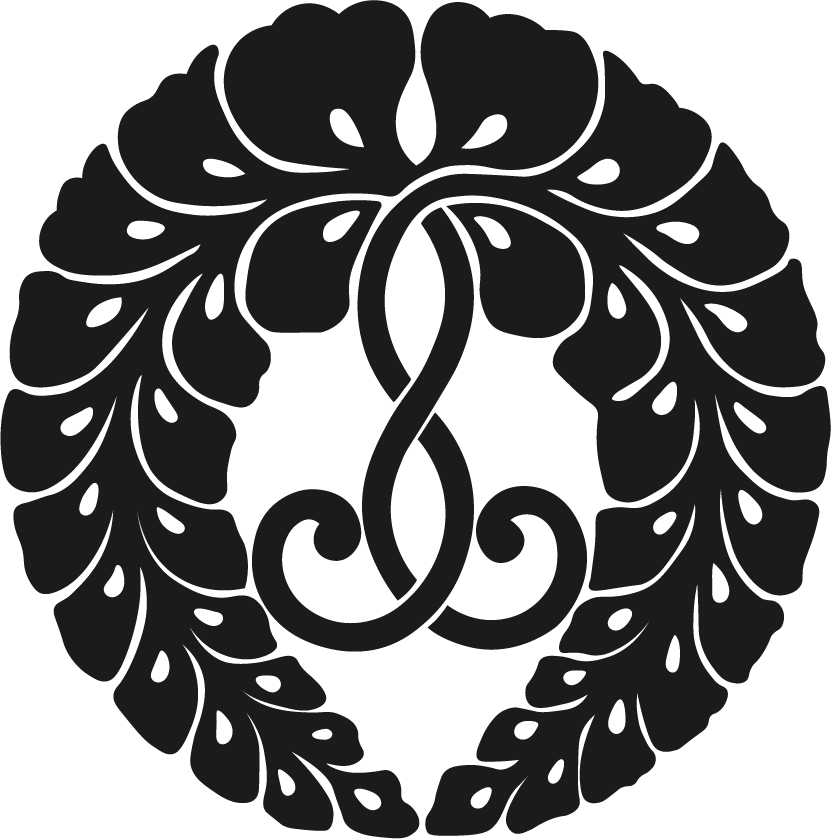New Beginning
This year marks the 850th anniversary of our founder Shinran Shonin’s birth and next year is also considered the 850th anniversary of the establishment of Jodo Shinshu so there was a joint celebration at Nishi Hongwanji this year.
So, this is the new beginning of the next 50 years of Jodo Shinshu. The establishment of Jodo Shinshu is considered as 1224 because Shinran Shonin said in the Chapter on Transformed Buddhas and Lands of KyoGyoShinSho as follows: “…From that year of water/monkey to the first year of our Gennin era (the year wood/monkey) it is 2,173 years.” (CWS, p.244.)
In here, Shinran Shonin is explaining how many years passed since the passing of Shakyamuni Buddha and how we are already in the last dharma age. Shinran Shonin said “the first year of our Gennin era” in his masterwork KyoGyoShinSho: it is considered the first year of Gennin (1224), the year Shinran Shonin finished writing the first draft of KyoGyoShinSho.
Thus, 1224 is considered the year of the establishment of Jodo Shinshu. I don’t think Shinran Shonin really finished writing the first draft in 1224, but there is a reason 1224 is an important year. According to Reverend Jitsuen Kakehashi, Enryakuji temple in Mount Hiei requested the court to ban the nembutsu in 1224.
They were saying that “the practitioners of nembutsu are saying ‘we are already in the last dharma age,’ but it is not true.” So Shinran Shonin needed to counterargue and prove that we are already in the last dharma age in 1224.
The year 1224 was also the 13th year memorial of Honen Shonin. Just like Enryakuji temple, there were some movements that the nembutsu should be banned in Japan around that time. So Shinran Shonin probably wanted to prove how his teacher Honen Shonin’s teaching of nembutsu was true by writing KyoGyoShinSho.
So, these things are the reasons 1224 is considered the year of the establishment of Jodo Shinshu. Anyway, Shinran Shonin was born and passed away in Kyoto, but he spent his life in different places in Japan, such as Echigo (Niigata), and Kanto region. When he was in Echigo, he heard the news of his teacher Honen Shonin’s passing, and then he decided to go to the Kanto region instead of going back to Kyoto.
It is said that Honen Shonin once told his disciples to spread the teaching of nembutsu wherever they go. I am sure Shinran Shonin kept these words of Honen Shonin, and he decided to live in different parts of Japan to spread the teaching of nembutsu.
At that time, Shinran Shonin was married to Eshinni-sama and he had little children. I am sure that he discussed with Eshinni-sama what to do regarding the move. I wondered what kind of conversation they had….
But Eshinni-sama supported Shinran Shonin’s decision after all. It was 13th century Japan and I am sure they did not have furniture like we do now to move, but I am sure that it was a big decision of Shinran Shonin’s family to move to the Kanto region.
I cannot compare myself or my family to Shinran Shonin’s, but this episode of Shinran Shonin makes me feel closer to him.
Moving is always a headache, but Shinran Shonin went through this many times too. He might have complained how many things he needed to pack up and carry, he might have argued with Eshinni-sama regarding the move… but, what was in his heart was probably the words of Honen Shonin I have shared earlier: “Spread the teaching of nembutsu wherever you go.” I am writing this on June 13.
The Sugaharas are now in the middle of packing and getting ready to move back to Sacramento. We spent six years in Portland, Oregon, and we loved the people and culture there. It is hard to leave a place we love, but Sacramento is like our second home as my wife, Namiko, and I started the family there.
This is a new beginning for our family and the Sacramento Sangha. Just like Shinran Shonin, I would like to keep the words of Honen Shonin — “spread the teaching of nembutsu wherever you go” — and enjoy the teaching of nembutsu with all of you.

